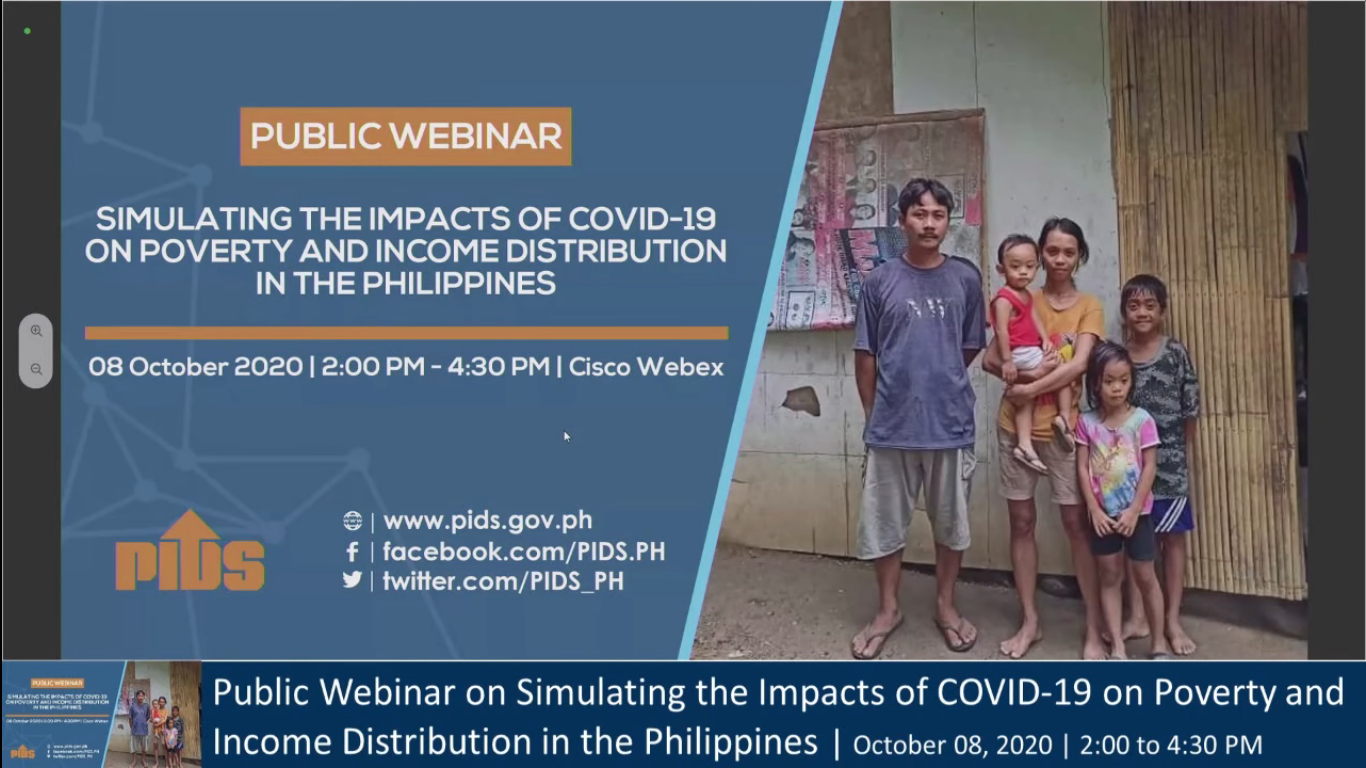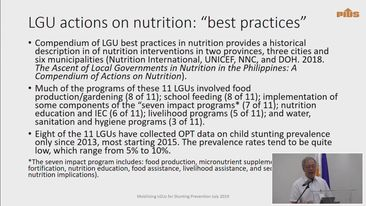The Philippines is in recession. While we're seeing the effects of the decline in numbers, the ultra-poor are feeling it harder with unemployment on the rise.
A recent study—authored by Jose Ramon G. Albert, Michael Ralph M. Abrigo, Francis Mark A. Quimba, and Jana Flor V. Vizmanos—says that about 1.5 million Filipino are expected to slide back into poverty due to the coronavirus pandemic.
"Given the likely drop in incomes and expenditures of households as well as businesses, we would expect a worsening of poverty conditions," the authors say. Just how worse? Poverty could be worse than the level we were at nearly a decade ago.
It's not only the poor that will be affected. According to the authors, nonpoor groups that they classify as the "low income but not poor," as well as the low middle-income group are vulnerable.
Everything is already underway. Early this month, the Philippine Statistics Authority reported that the Q2 2020 gross domestic product (GDP) growth rate of the country declined by a whopping 16.5 percent, the lowest rate ever recorded since at least 1981.
The Philippine Institute for Development Studies adds, "The government and all Filipinos should ultimately ensure that the poor are at the center of policy attention, especially given all the reduced economic activities from COVID-19 and the likely undercounts of COVID-19 infection among the poor, who do not have the luxury to seek health care, and for whom ‘washing hands’ is also a luxury (as they have no access to safe water and safe sanitation services)."
A recent study—authored by Jose Ramon G. Albert, Michael Ralph M. Abrigo, Francis Mark A. Quimba, and Jana Flor V. Vizmanos—says that about 1.5 million Filipino are expected to slide back into poverty due to the coronavirus pandemic.
"Given the likely drop in incomes and expenditures of households as well as businesses, we would expect a worsening of poverty conditions," the authors say. Just how worse? Poverty could be worse than the level we were at nearly a decade ago.
It's not only the poor that will be affected. According to the authors, nonpoor groups that they classify as the "low income but not poor," as well as the low middle-income group are vulnerable.
Everything is already underway. Early this month, the Philippine Statistics Authority reported that the Q2 2020 gross domestic product (GDP) growth rate of the country declined by a whopping 16.5 percent, the lowest rate ever recorded since at least 1981.
The Philippine Institute for Development Studies adds, "The government and all Filipinos should ultimately ensure that the poor are at the center of policy attention, especially given all the reduced economic activities from COVID-19 and the likely undercounts of COVID-19 infection among the poor, who do not have the luxury to seek health care, and for whom ‘washing hands’ is also a luxury (as they have no access to safe water and safe sanitation services)."












